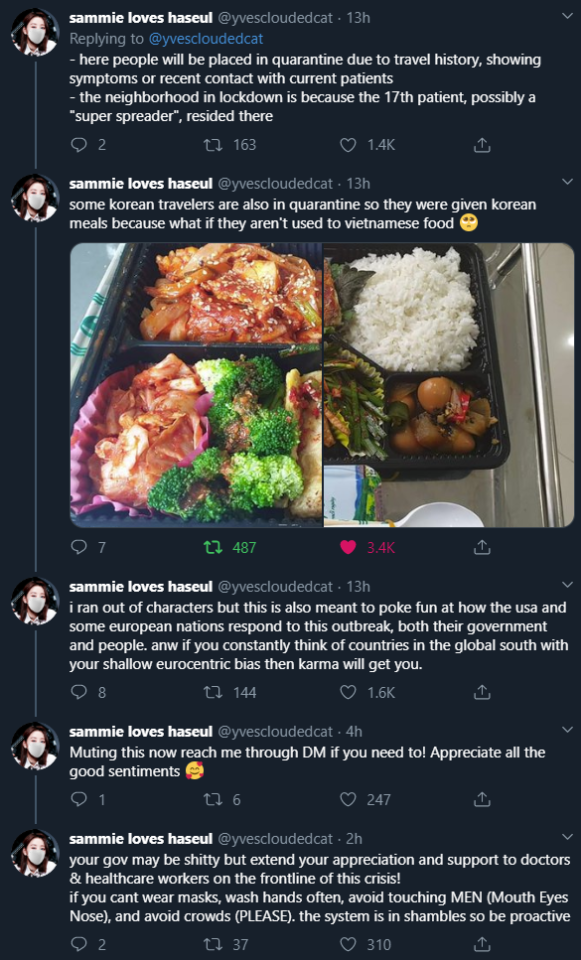I’m writing today to ask for your financial support. I’ve been looking for a job for a while now, and it seemed like I was close to getting one when the COVID-19 pandemic hit. While the UK hasn’t gone into total lockdown, people are getting fired, and job interviews are being cancelled or indefinitely postponed for both myself, and my wife. Our funds are running out, and at this point it seems unlikely that we’ll be able to get wage labor to cover our expenses.
More importantly, it looks like it’ll be a couple months before anyone really tries to claim that the crisis is “over”, and a year before there’s a vaccine widely available. There’s an effective hiring freeze right now as people rightly practice social distancing, but that seems more than likely to turn into a long-term economic recession. We’re both working hard to find sources of income, and at this point this seems as viable as any other.
And so I’m asking for people to support me through Patreon.
For those who don’t know how it works, Patreon is a way for people like me to crowdsource funding for work we want to do. People who want to help me in making this blog can contribute a small amount per month, to support the content I make for free, and to get access to certain other perks, depending on how much you contribute. You control the monthly amount, and you can stop your contributions at any time if you feel you can’t afford them.
Beyond supporting my work, patrons get a few additional perks, depending on how much they give. These currently include things like links to additional news and resources I come across while researching my posts, extra articles written just for patrons, the ability to influence what topics I cover, and more.
If I hit 250 monthly patrons, I will write, record, and sing a parody of “Lady in Red” telling the story of Poe’s Masque of the Red Death, accompanied by my wife on accordion. At that point in time I’ll work out what the reward for my next goal will be.
While I’d love for this to be a long-term gig, all I’m asking for right now is support to keep a roof over our heads until we have enough other income to keep us off the streets. When we get to that point, I’ll notify my patrons, and those who were just helping out of solidarity can re-assign their contribution elsewhere if they so desire.
Whether you can afford to patronize my work or not, it would help me a great deal if you could share this post – and other posts I write – with your respective networks, or send friends and family to www.patreon.com/oceanoxia
Times are tough right now, but with a little solidarity we can pull through and keep working to build a better world. Thank you all, and may you and yours live long and prosper.




